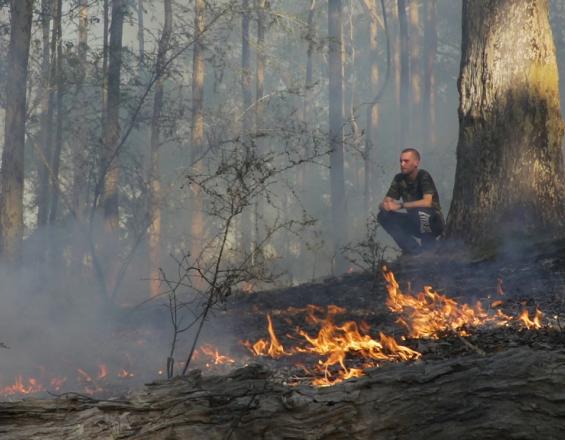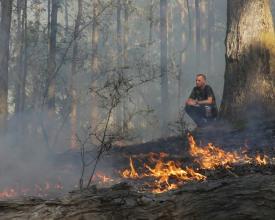
Forest fire prevention through empowering indigenous communities

The Firesticks Alliance Indigenous Corporation is an indigenous-led organisation that re-introduced cultural burning to increase the resilience of fire-prone landscapes in Australia. Australia's expanding urban areas and cities are vulnerable to impacts of bushfires such as fire damage, smoke hazards, and biodiversity loss. The Firestick Alliance empowers Aboriginal communities in fire management and teaches vulnerable communities to protect themselves and their living environment. Ancient burning techniques are introduced to reduce hazardous fires, such as burning small forest patches with low intensity early in the fire season. They also developed the "Yugul Mangi Fire and Seasons Calendar" in collaboration with scientists, Indigenous Elders, and rangers. The calendar presents biocultural indicators that guide fire management, planning, and transfer of indigenous knowledge.
Impacts
The alliance empowers and enables Aboriginal and local communities to build healthy, functional, and fire-resilient landscapes. The communities bring valuable knowledge but play an active role in decision-making and capacity building.
The Firesticks Alliance facilitates training and scientific monitoring to establish a greater understanding of cultural burning for improved ecosystems and safety management. It provides recognition for traditional ecological knowledge (TEK). Additionally, specific workshops are organised to harness women's expertise and engage youth.
Implementing cultural burning enhances ecosystem and community health by improving habitat conditions, connectivity and reducing fire hazards. It allows for moving away from conventional 'hazard reduction burning' to burning that involves knowledge on biodiversity (e.g., considering what species are flowering, fruiting, or shedding leaves) to decide where and when to burn. The alliance also supports communities affected by fire hazards and trains them to be more resilient for future fire risks.
Lastly, through the involvement of the Firesticks Alliance in governmental agencies, fire authorities, and landowners, indigenous communities have been given a voice in the ongoing discussion on hazard reduction and nature conservation.



